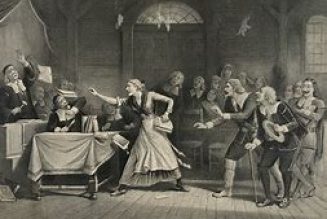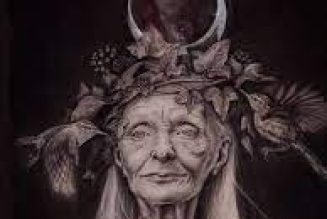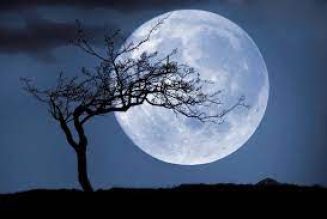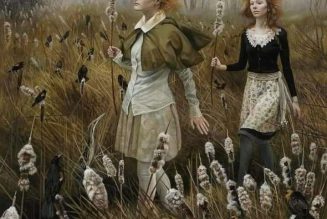Beltane is a festival that marks the beginning of summer and is celebrated on May 1st in the Northern Hemisphere. The origins of Beltane can be traced back to the ancient Celts who lived in what is now Ireland, Scotland, and Wales. This festival was an important part of their agricultural calendar and was celebrated to ensure a successful harvest.
Beltane was a time of great celebration and was marked by the lighting of bonfires, the dancing of the Maypole, and the crowning of the May Queen. The bonfires were seen as a way to purify and protect the land, while the Maypole dance symbolised the unity of the community. The May Queen, who was often chosen for her beauty and grace, was seen as a representative of the goddess of fertility and was responsible for ensuring the fertility of the land and the people.
Today, Beltane is still celebrated by many people around the world, although the traditions may vary depending on the culture and location. Some people choose to honour the ancient Celtic traditions, while others incorporate their own modern interpretations. Regardless of how it is celebrated, Beltane continues to be a time of joy and celebration, marking the arrival of the warmer months and the promise of a bountiful harvest.
What is Beltane?
Beltane is a Celtic festival that is celebrated on May 1st. It marks the beginning of summer and is a time to celebrate fertility, growth, and new beginnings. Beltane is one of the four major festivals of the Celtic calendar, along with Samhain, Imbolc, and Lughnasadh.
Origins of Beltane
The origins of Beltane can be traced back to the ancient Celts, who believed that the veil between the worlds of the living and the dead was at its thinnest on May 1st. They would light bonfires and dance around them to ward off evil spirits and bring good luck for the coming year.
Beltane was also a time to celebrate the fertility of the land and the animals. The Celts would drive their livestock between two bonfires to purify and protect them, and would also perform rituals to encourage growth in their crops.
As Christianity spread throughout Europe, Beltane became associated with May Day, a secular holiday that celebrates the arrival of spring. However, many of the traditional customs and rituals of Beltane are still practiced today, particularly in Ireland, Scotland, and Wales.
In conclusion, Beltane is a Celtic festival that celebrates the beginning of summer and the fertility of the land. Its origins can be traced back to ancient Celtic traditions, and it is still celebrated today in many parts of the world.
Beltane Traditions
Beltane is a Celtic festival that celebrates the beginning of summer. It is a day of great importance that marks the transition from the darkness of winter to the light of summer. Beltane is celebrated on May 1st and is one of the four major festivals of the Celtic calendar.
Traditional Beltane Celebrations
In ancient times, Beltane was a time for purification and fertility rituals. People would light bonfires and dance around them, symbolising the return of the sun and the renewal of life. It was believed that the smoke from the fires had a purifying effect and would protect the crops and livestock from disease and evil spirits.
One of the most popular Beltane traditions was the Maypole dance. A tall pole was erected and decorated with flowers and ribbons. Young men and women would dance around the pole, weaving the ribbons into intricate patterns. This was a symbol of the union between the male and female energies and was believed to bring fertility and prosperity to the community.
Modern Beltane Celebrations
Today, Beltane is still celebrated in many parts of the world, although the traditions have evolved over time. Modern celebrations often involve outdoor gatherings, feasting, and music.
One popular modern tradition is the Beltane fire festival, which takes place in Edinburgh, Scotland. This festival involves a procession of performers dressed in elaborate costumes, carrying torches and performing rituals around a large bonfire.
Another modern Beltane tradition is the creation of flower crowns. These are often made from wildflowers and are worn as a symbol of the renewal of life and the coming of summer.
Overall, Beltane is a time to celebrate the beauty and abundance of nature and to honour the cycles of life and death. It is a time to connect with the earth and to remember our place in the natural world.























